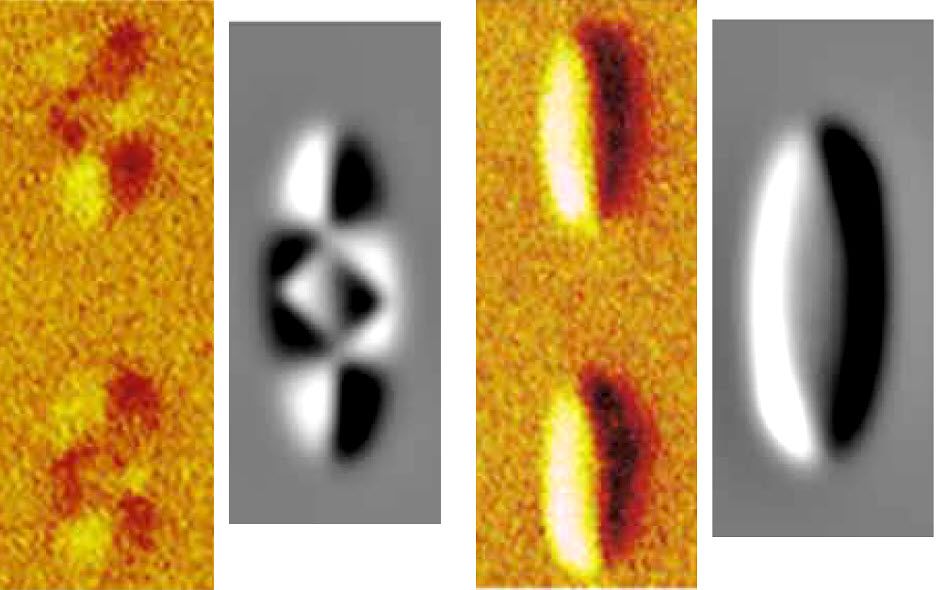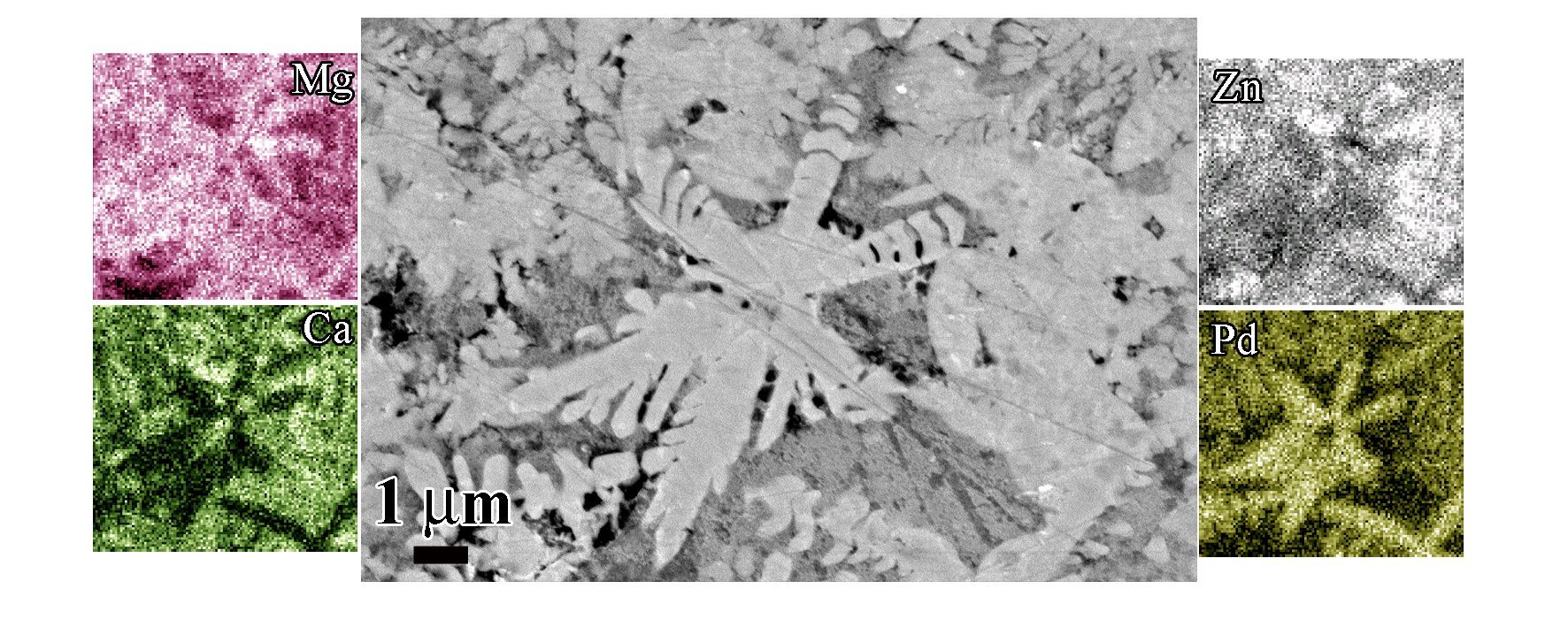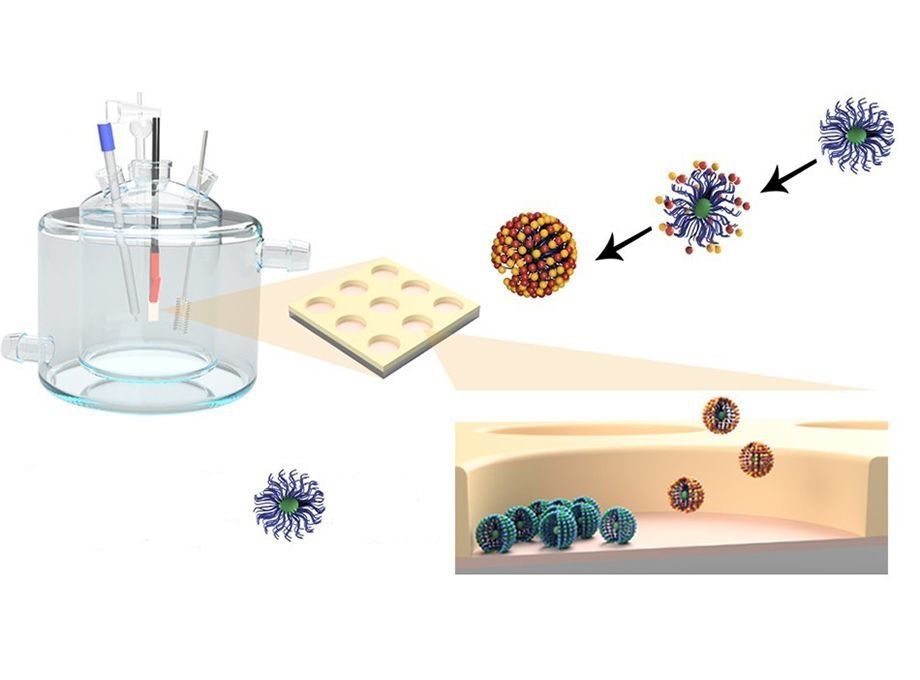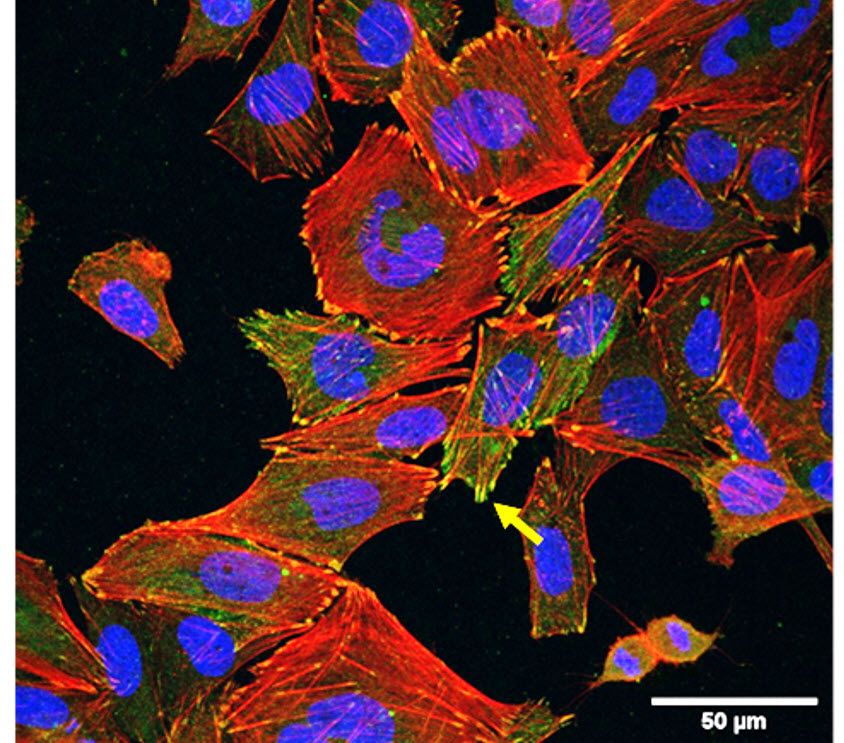Magnetic, Magnetoelectric and Magneto-ionic studies of thin films and Lithographed Structures
- Leading team: E. Menéndez / J. Sort
- Papers: 200
- Cover pages: 6
- Completed PhD theses: 7
- On-going theses: 4
- Presentations to congresses: 130
- Led by: J. Sort
- Excerpt: This line of research encompasses the design, synthesis, characterization and integration of ME materials into a variety of applications that share in common the combined action of electric and magnetic fields, with emphasis on low-power magnetic data storage.
This line of research encompasses the design, synthesis, characterization and integration of ME materials into a variety of applications that share in common the combined action of electric and magnetic fields, with emphasis on low-power magnetic data storage.
- Hits: 1617




